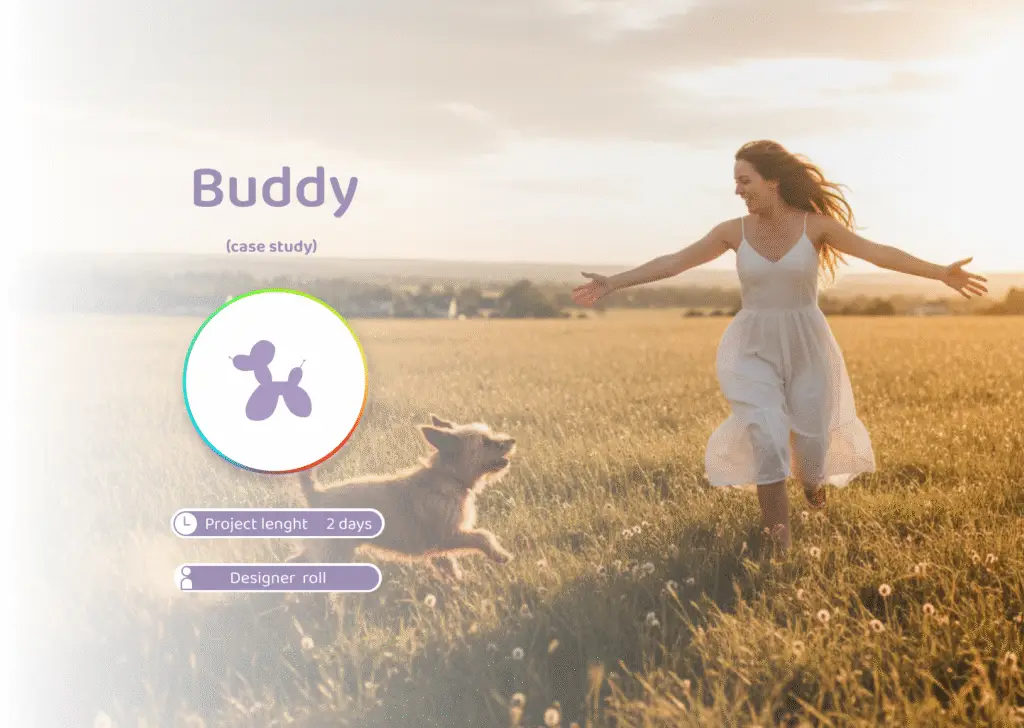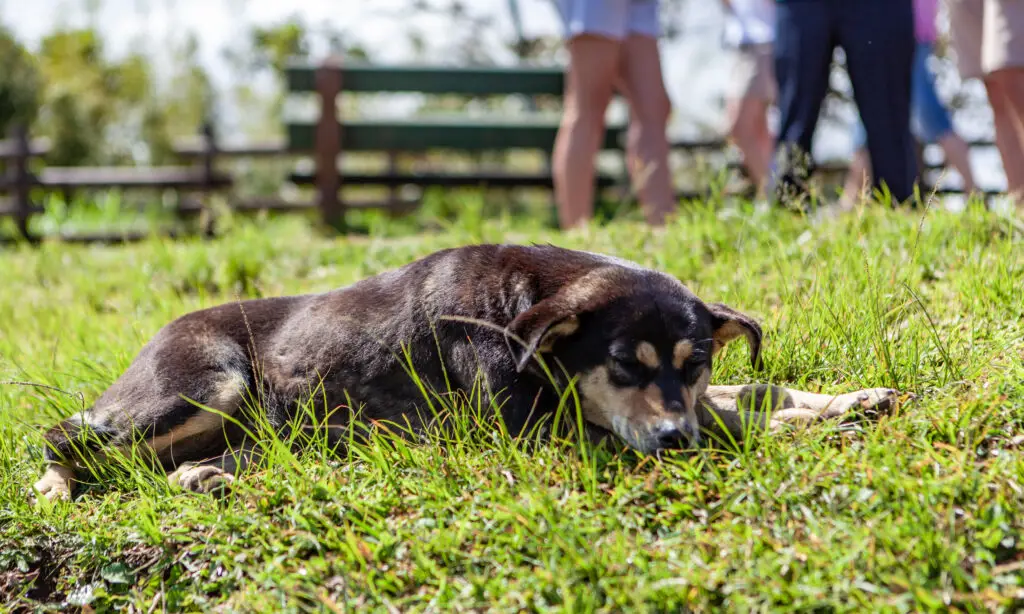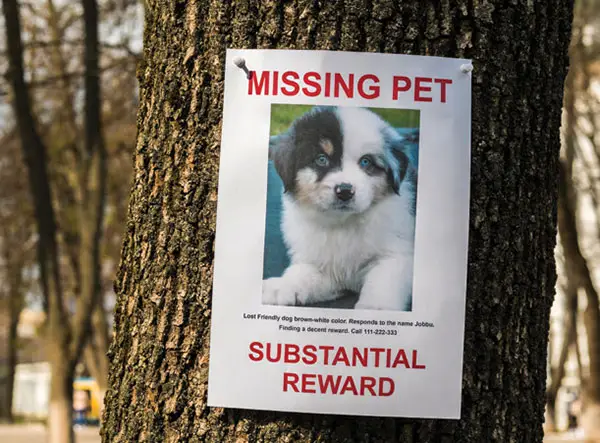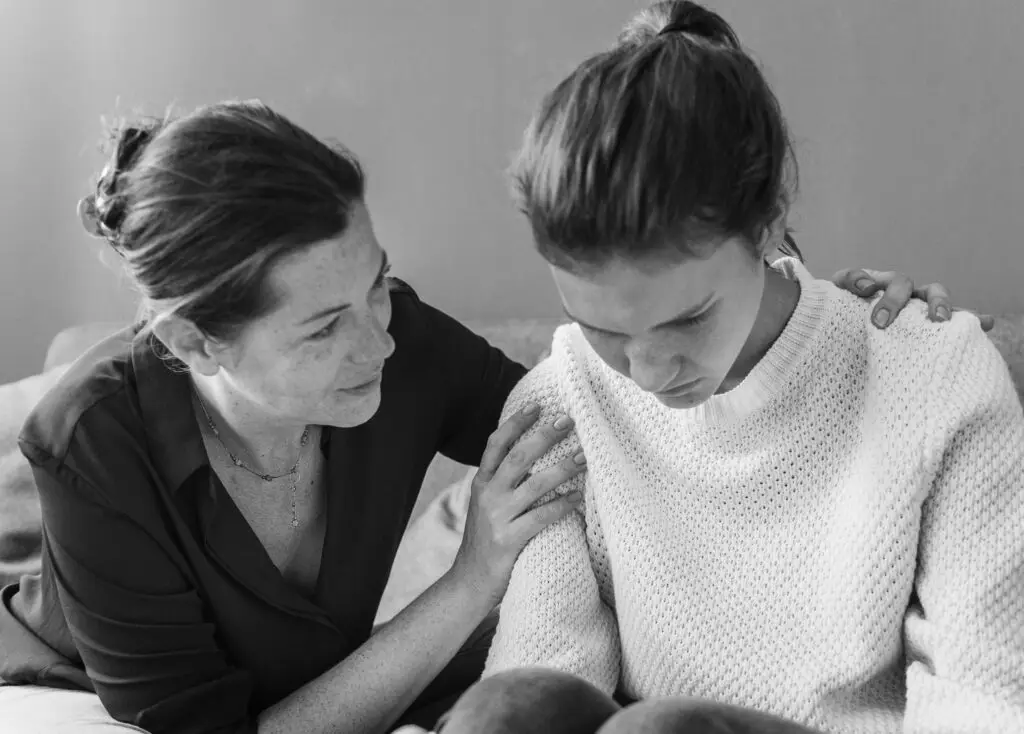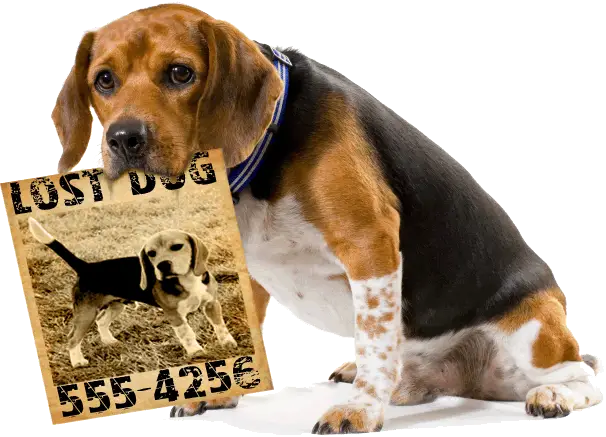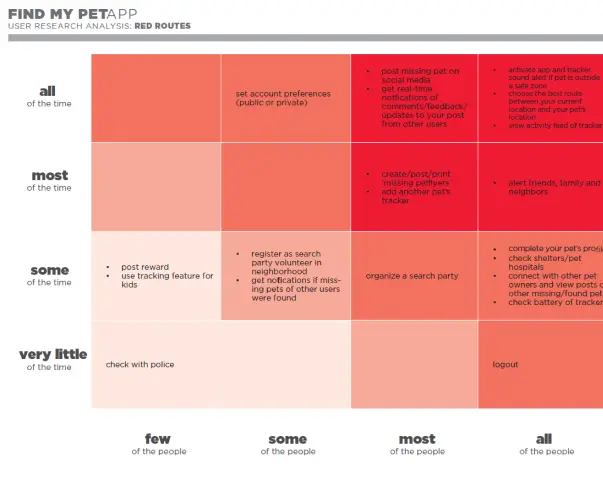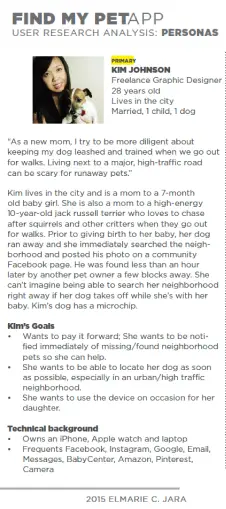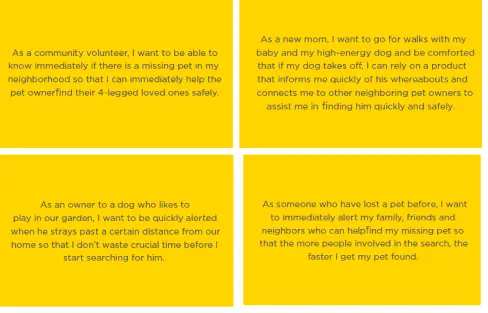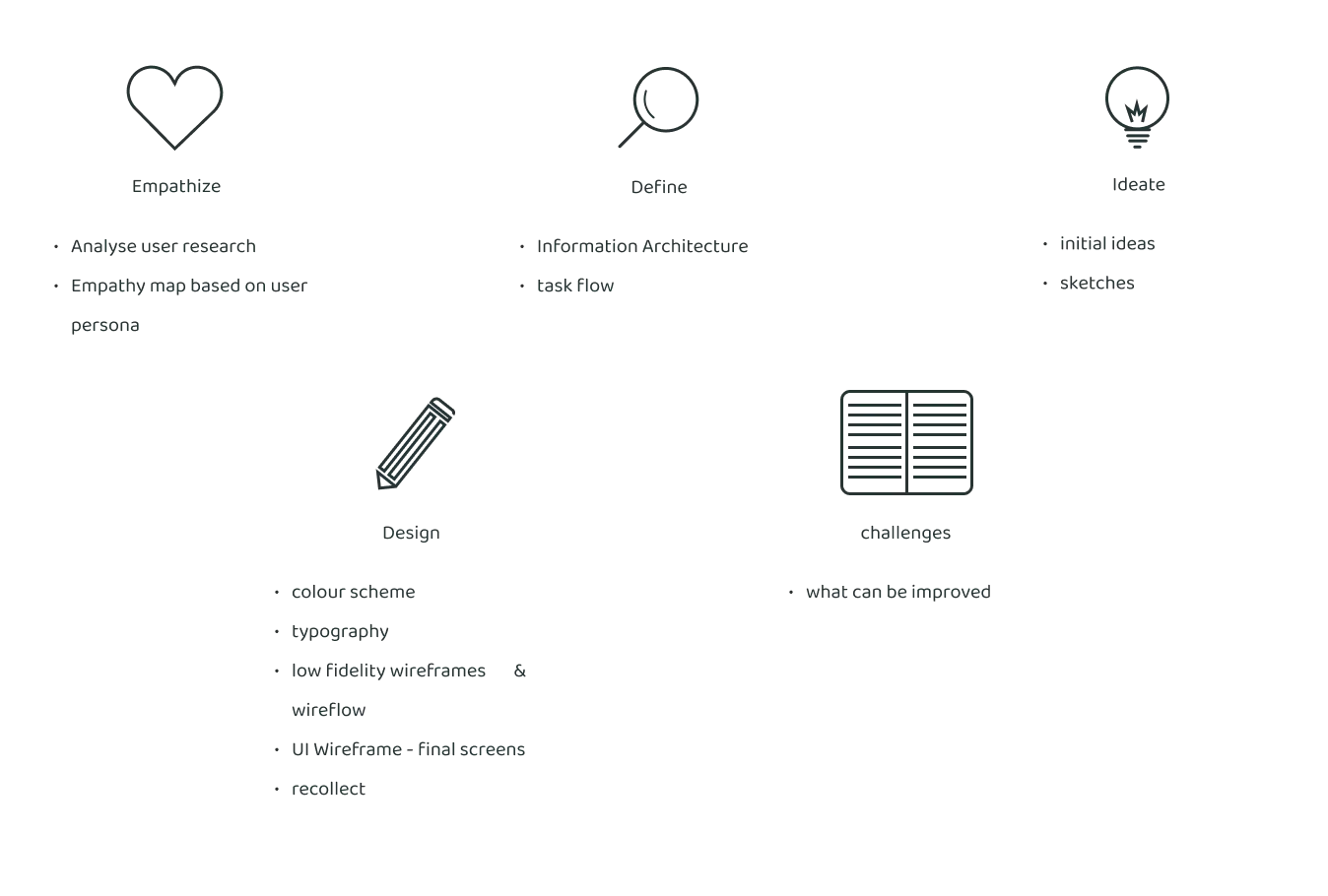Key Insights from Foundational Research
The design strategy for the 'Find Your Dog' task flow was built upon synthesizing existing user data, highlighting the following critical insights into the user's emotional state and logistical needs:
A. The Crisis of Time and Stress
Insight: Losing a pet is a moment of high cognitive load and panic. The user is emotionally compromised and needs the system to be intuitive, requiring minimal complex decision-making during the search activation process.
Design Implication: The core action (initiating the search) must be single-click and immediate, automating as many subsequent steps as possible.
B. The Need for Centralized Coordination
Insight: Current search efforts are fragmented and inefficient, relying on disorganized social media posts, scattered paper flyers, and chaotic group chats. The user struggles to manage multiple communication channels while simultaneously trying to search.
Design Implication: The desktop app must serve as the single source of truth (a command center) where all communications, sightings, and progress are mapped and managed efficiently.
